The Difference Between Lures, Rewards & Bribes
Using Food as a Lure – The food lure is presented before a desired behavior to help guide the dog into positions like Sit or Down by having him follow the visible food lure in your hand with his nose. (At this point the dog smells and follows the treat but is not eating it). During the initial stages of training you may have to lure your dog into position any time you start working in a new environment (i.e. indoors vs. outdoors; around ever increasing levels of distraction, etc.) till your dog learns how to execute the cue in any situation.  However, lures used in any single environment should be eliminated as soon as possible so they don’t become a permanent crutch for your dog and so your dog does not come to depend on the visible presence of food to obey you.
Eliminating the food lure – After your dog will readily perform a behavior when you lure him, begin to make the same luring movement, but with an empty hand – when your dog performs the behavior, immediately click and reward him from your other hand. Be sure to keep the treats out of sight in your other hand, pocket or fanny pack.
Using Food as a Reward – In contrast to food lures, food used as a reward is kept out of sight before the dog performs a behavior, then given to the dog immediately afterward, as a reward for that behavior. Food rewards should gradually change from being offered every time the dog gives a correct response to being given on a random schedule.
Food Rewards – Schedules of reinforcement—When your dog is first learning a new behavior, you should reward on a continuous basis—in other words, reward every time he performs the requested behavior.
Moving to a random schedule – When your dog is responding well to a cue, you can stop rewarding for every correct response and move to random schedule. How–Begin to reward at irregular intervals. Let your dog’s behavior guide you in how fast to proceed in cutting down on the frequency of rewards. If your dogs performance weakens too much, drop back to a more frequent reward schedule. Raise your criteria—Since you are now only rewarding some of the time, try to reward/reinforce for the best performance, i.e. the fastest or most enthusiastic responses.
Rewards other than food – Once your dog is responding well to a cue, you should also begin offering rewards other than food. Use praise, play, and other ‘life’ rewards as your dog’s paychecks!
Using Food as Bribe – You are using food as a bribe when you dangle it in front of the dog before getting him to perform a behavior that he has already become proficient at. To prevent the food from becoming a bribe, keep the food out of sight until the dog has given a correct response and offer the treat immediately afterwards as a paycheck for a job well done.


